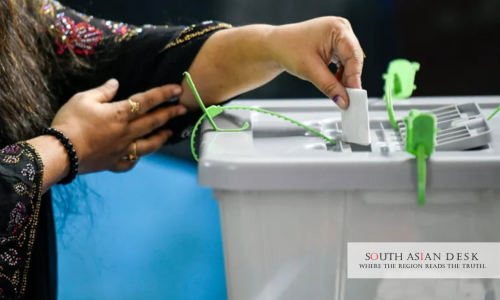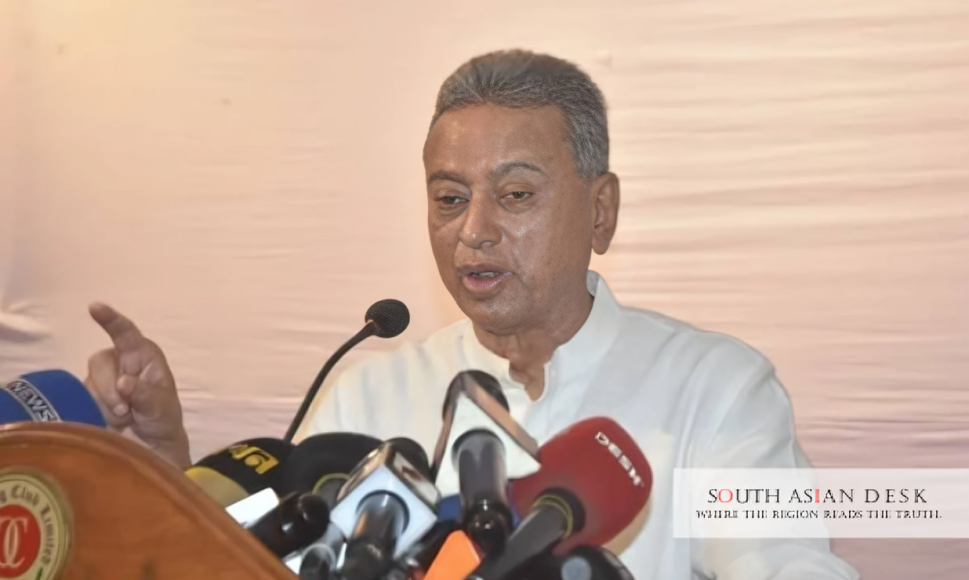ISLAMABAD: Pakistan power users regulatory failures have forced consumers to absorb a Rs215 million loss from a coal supply default, with the National Electric Power Regulatory Authority (Nepra) approving the pass-through on June 26, 2025. This incident underscores deeper Nepra power sector weaknesses, amid a circular debt exceeding Rs1.66 trillion that amplifies the Pakistan electricity tariff burden. The lapse occurred when a Punjab-based coal power plant faced supplier non-delivery in December 2024, yet regulators imposed no penalties.
These regulatory shortcomings matter across South Asia, where Pakistan’s energy instability risks spillover effects on trade and investment. As the region’s second-largest economy, unresolved power woes could hinder cross-border initiatives like the Central Asia-South Asia electricity corridor, raising costs for industries and eroding consumer confidence in interconnected markets.
Unpacking the Coal Procurement Default
A private coal supplier invoked force majeure in December 2024, halting deliveries to a Punjab coal-fired power plant despite ongoing shipments to other buyers. The claim cited port congestion at South Africa’s Richards Bay Coal Terminal and border tensions from the India-Pakistan conflagration in May 2025. However, the supplier secured a spot tender on June 11, 2025, revealing selective performance tied to the original contract’s steep $2.51 per tonne discount on API-4 grade coal.
Replacement procurement for 372,000 tonnes cost an extra $1.86 per tonne, totalling Rs197 million ($691,931). An additional Rs16 million ($55,800) arose from the spot tender’s reduced $1.58 per tonne discount. Nepra’s Fuel Cost Adjustment (FCA) decision on June 26, 2025, authorised full recovery from consumers, bypassing contract clauses that mandate defaulting parties to cover costs and forfeit guarantees.
Central Power Purchasing Agency (Guarantee) Limited (CPPA-G) and Nepra overlooked enforceable terms, including barring repeat defaulters. This episode highlights Pakistan power users regulatory failures, where private risks shift to public purses without accountability.
Pakistan Electricity Tariff Burden Escalates
The Rs215 million hit forms part of wider Pakistan electricity tariff burden trends. Nepra’s FCA mechanisms, designed to adjust for fuel price volatility, increasingly embed inefficiency costs. In June 2025, hearings sought a 65 paisa per unit reduction, but approvals like the coal default override such relief, pushing average tariffs above PKR 40 per unit for many.
Household bills have surged 25% year-on-year, with industrial users facing up to 30% hikes. Low-income families, comprising 60% of consumers, allocate over 10% of income to power, per government estimates. This burden compounds inflation at 4.5% in FY 2025, squeezing disposable incomes and curbing consumption.
Official data from CPPA-G shows quarterly tariff adjustments added PKR 3.23 per unit in surcharges to service debts, without new levies. Yet, unrecovered losses from distribution companies (DISCOs) like Sukkur Electric Power Company (SEPCO) perpetuate the cycle.
Nepra Power Sector Weaknesses in Spotlight
Nepra’s oversight gaps trace to absent guidelines for long-term coal procurement. A fact-finding committee in early 2025 flagged anomalies, including single-bidder tenders and limited competition. It urged an independent coal regulator, but eight months on, no progress materialises.
In a related probe, Nepra fined SEPCO PKR 50 million on August 8, 2025, for FY 2023-24 shortfalls. Transmission and distribution (T&D) losses hit 34.91%, breaching the 17.05% target and adding Rs29.1 billion to circular debt. Recovery dipped to 65%, leaving Rs38 billion uncollected, linked to staffing shortages, theft in no-go areas, and floods.
The authority cited violations of the NEPRA Act and licence terms, rejecting SEPCO’s pleas on geographic challenges. This fine, payable within 15 days, signals stricter enforcement, but critics note it pales against systemic losses.
Federal Minister for Power Sardar Awais Ahmad Khan Leghari stated on July 29, 2025: “Progress has been made in stabilising the circular debt during FY 2025 through tariff rationalisation, fiscal responsibility, and operational improvements.” He emphasised governance reforms, including DISCO board reconstitutions and the Power Planning & Monitoring Company (PPMC) for oversight.
Circular Debt Consumer Impact Ripples Out
Circular debt consumer impact intensifies Pakistan power users regulatory failures. The stock reached Rs1.661 trillion by July 2025, up Rs47 billion from June, despite stabilisation claims. Year-on-year, it fell 29.3% from Rs2.35 trillion, aided by IMF-aligned targets capping quarterly additions at Rs461 billion.
DISCO inefficiencies drive 70% of accumulation, with T&D losses at 18.31% against a 11.77% benchmark, costing Rs276 billion annually. Unrecovered dues totalled Rs315 billion in FY 2023-24, up from Rs236 billion.
Consumers bear this via embedded surcharges, where PKR 3.23 per unit funds repayments. Net-metering shifts another Rs159 billion burden as of December 2024, projected to Rs4,240 billion by 2034 without curbs. Amendments approved March 13, 2025, cap buyback at PKR 10 per unit to ease grid strain.
The Ministry of Finance noted on July 29, 2025, that SOE losses, including power, hit Rs5.8 trillion cumulatively, with Rs342 billion in H1 FY 2025. Fiscal support exceeded Rs600 billion, or 10% of revenues.
In December 2024, Power Division spokesperson affirmed: “The power sector is performing well within the IMF target… With improved loss and recovery performance, we expect to remain within the December 2024 cap.”
Background: Roots of the Crisis
Pakistan’s power sector grapples with circular debt since 2000s liberalisation, when guaranteed returns lured overcapacity. Currency devaluation and fuel import spikes ballooned liabilities. By FY 2024 end, debt crossed Rs2.5 trillion, prompting IMF conditions for quarterly caps.
Reforms include DISCO privatisations, with three slated for early 2026, and Rs163.1 billion investments in metering and reconductoring. Yet, geographic inequities, 80% domestic users in Sindh’s rural belts persist, fuelling theft and losses.
Solar initiatives, like Balochistan’s 27,000 tube-well solarisation at Rs55 billion, aim to cut demand by 5,000 MW via fan replacements costing Rs106 million.
What’s Next: Pathways to Reform
Upcoming steps include PPMC-led planning for renewables and grid upgrades, targeting $2-3 billion investments. Cabinet ratification of net-metering tweaks and coal guidelines could curb defaults. Privatisation bids invite global players for efficiency gains.
Federal Minister Leghari invited investors on July 29, 2025: “Pakistan welcomes strategic partnerships… for a resilient energy ecosystem.”
As Pakistan power users regulatory failures continue to inflate costs, swift adoption of committee recommendations offers hope for tariff relief and debt reduction, safeguarding economic recovery.
Published in SouthAsianDesk, October 6th, 2025
Follow SouthAsianDesk on X, Instagram, and Facebook for insights on business and current affairs from across South Asia.






